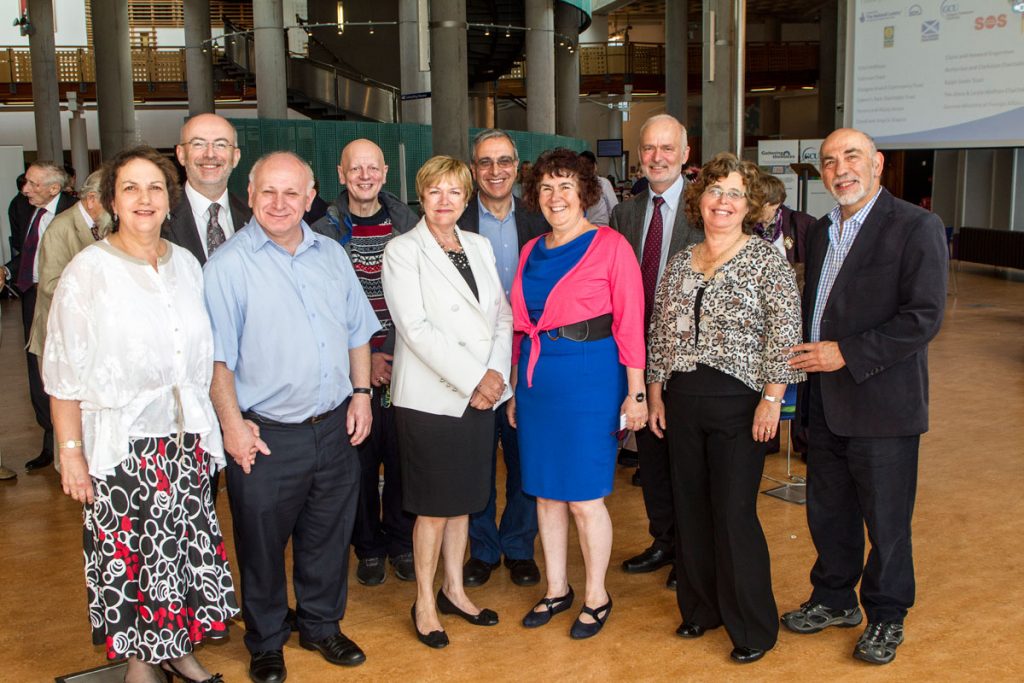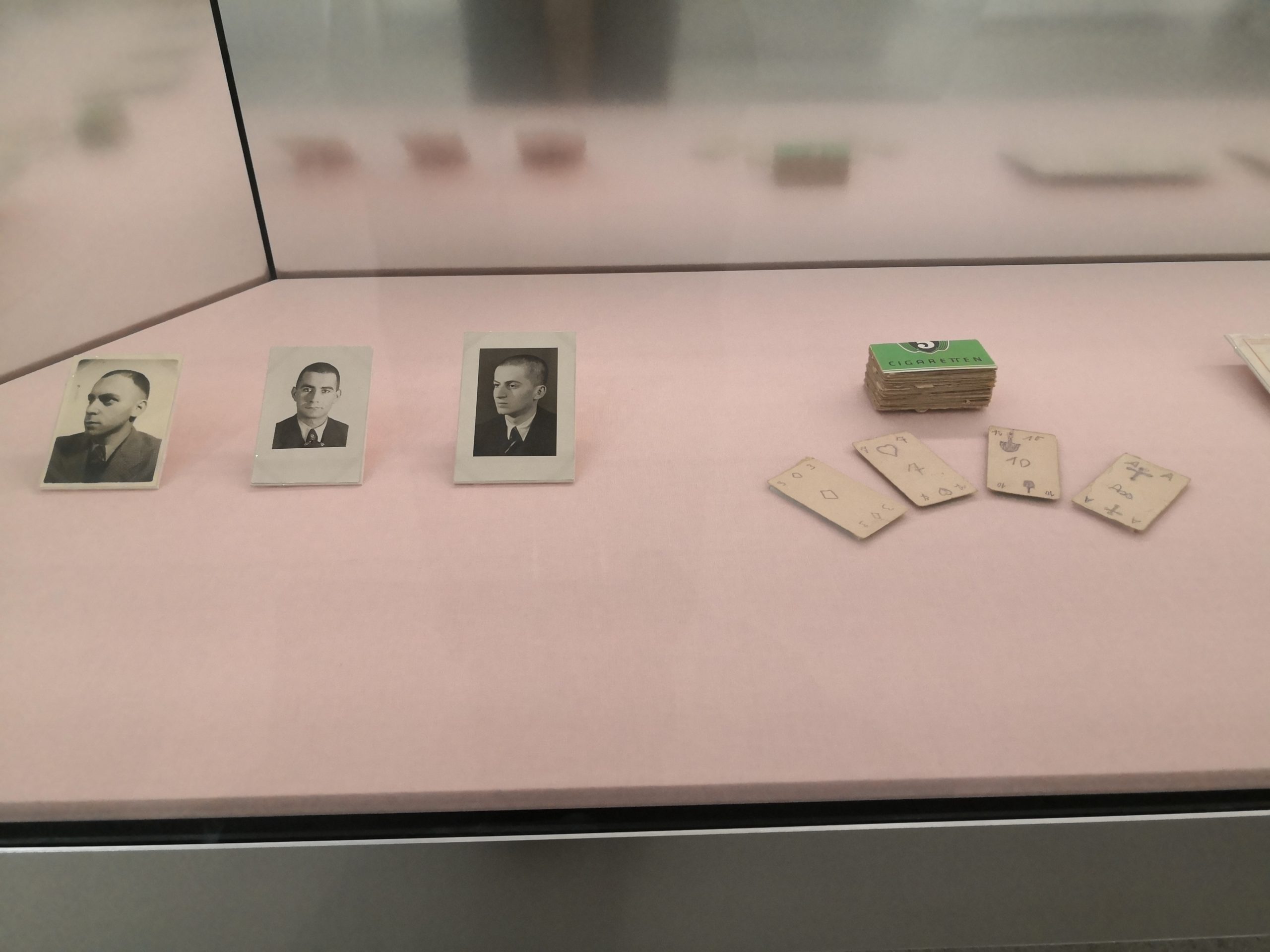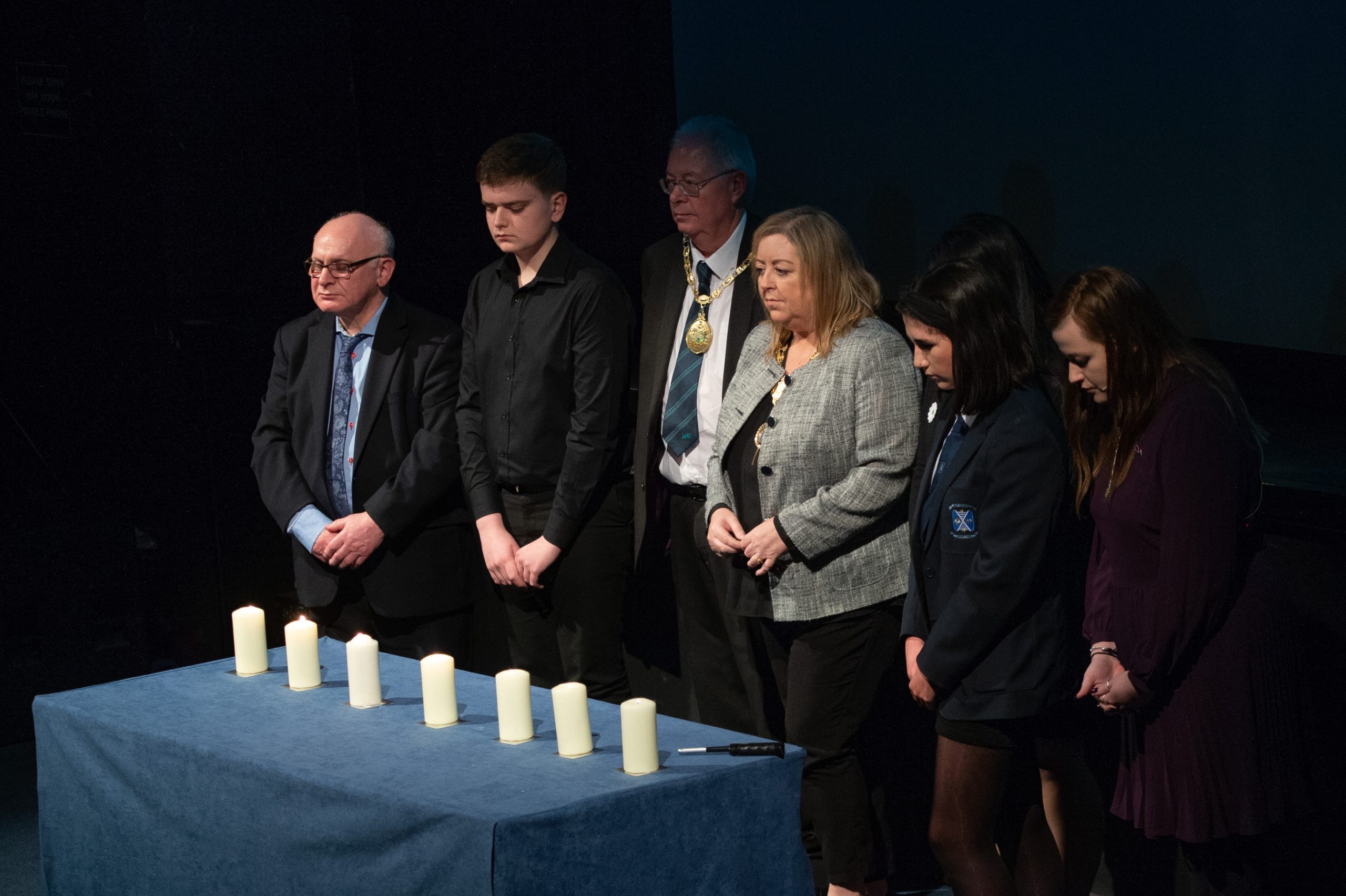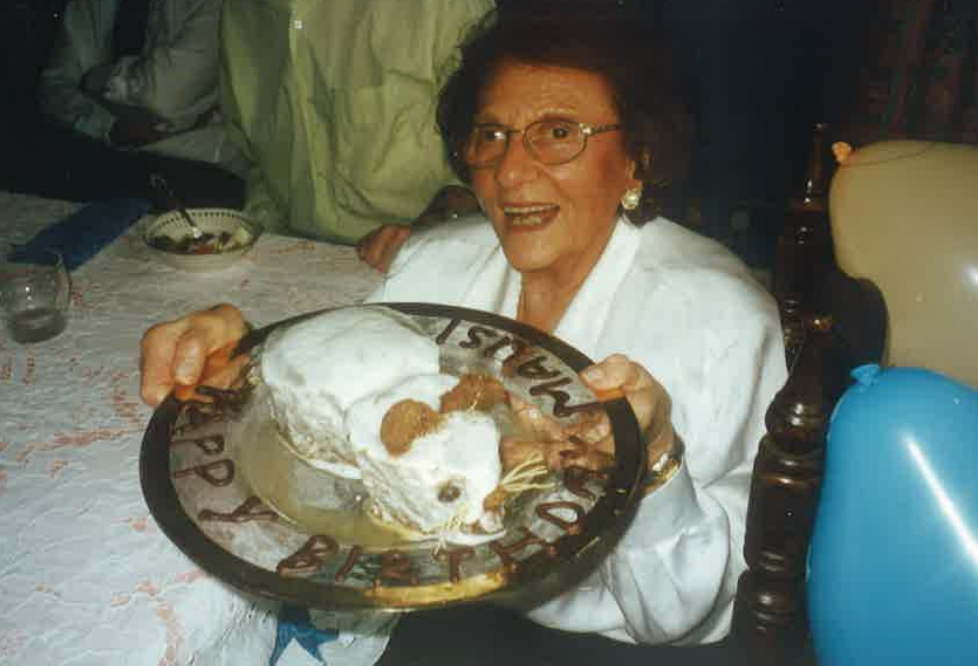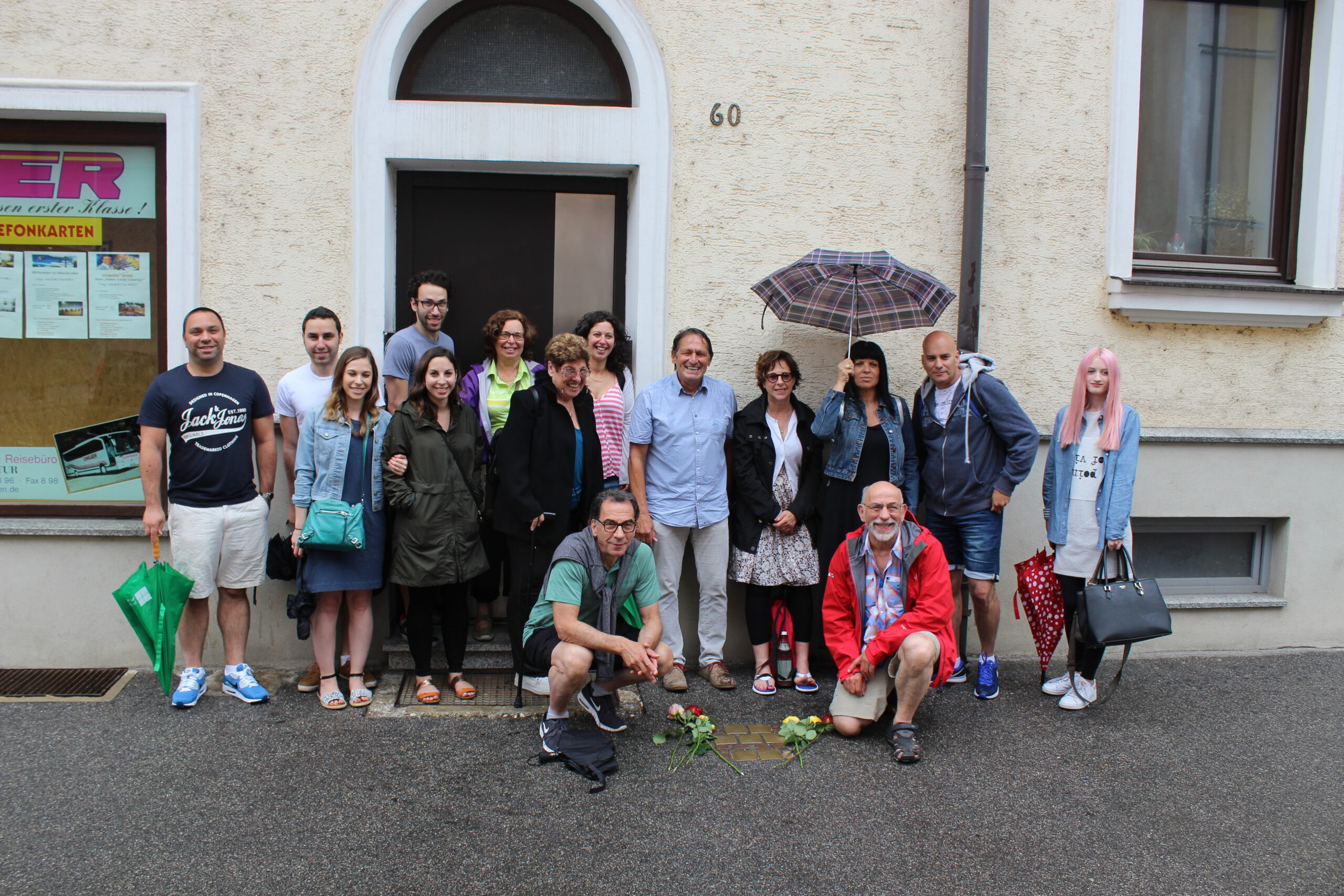Uncategorized
Araranka and Margit Vulkan – To Safety in Scotland
After Austria’s ‘Anschluss’ to Germany in March 1938 there were desperate attempts by the Jewish population to escape, but most countries became firmly closed to Jewish refugees. In the case of the UK limited entries were available to trained domestic servants, and later after Kristallnacht in November 1938, to 10,000 unaccompanied children aged between 6… Continue Reading Araranka and Margit Vulkan – To Safety in Scotland
Jewish Museum Berlin
The Anson family is pleased to report that memorabilia from Steven’s late father Martin Ansbacher (Anson) is now being featured in the just opened and remodeled Core Exhibition at the Jewish Museum Berlin (JMB). https://www.jmberlin.de/en/opening-new-core-exhibition Here are photographs of the exhibits featured, and an explanation of what is represented. The first photograph of the group… Continue Reading Jewish Museum Berlin
East Renfrewshire and Renfrewshire’s 2020 Holocaust Memorial Day Event
Howard Singerman, one of the founder members of Gathering the Voices, was the keynote speaker at East Renfrewshire and Renfrewshire’s 2020 Holocaust Memorial Day event, which this year was commemorating the 75th Anniversary of the liberation of Auschwitz Concentration Camp. Continue Reading East Renfrewshire and Renfrewshire’s 2020 Holocaust Memorial Day Event
Stories From Our Memorable Trip To Germany by Steven and Hilary
Hilary and I were in Augsburg, Germany at the end of June attending the centenary celebrations of the Augsburg synagogue, one of the few synagogues to have survived the Nazis and WW2, and has since been restored to its former glory – see link below for more info http://www.jkmas.de/wp-content/uploads/2017/03/Press-Release-Augsburg-Synagogue-100-Years.pdf About 100 descendants from the former… Continue Reading Stories From Our Memorable Trip To Germany by Steven and Hilary
Test1
Test1

